NASA Astronomy Picture of the Day 23 January 2023: Hubble snaps collision of galaxies
NASA’s Astronomy Picture of the Day is a stunning snapshot of two galaxies colliding almost 400 million light-years away from Earth.

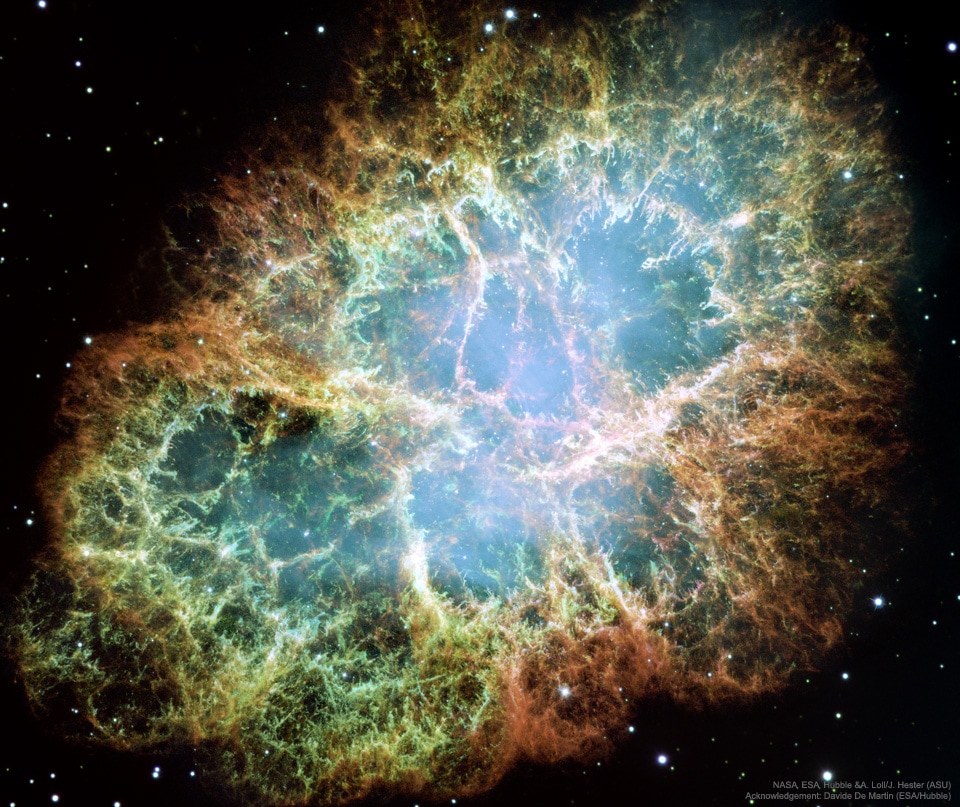
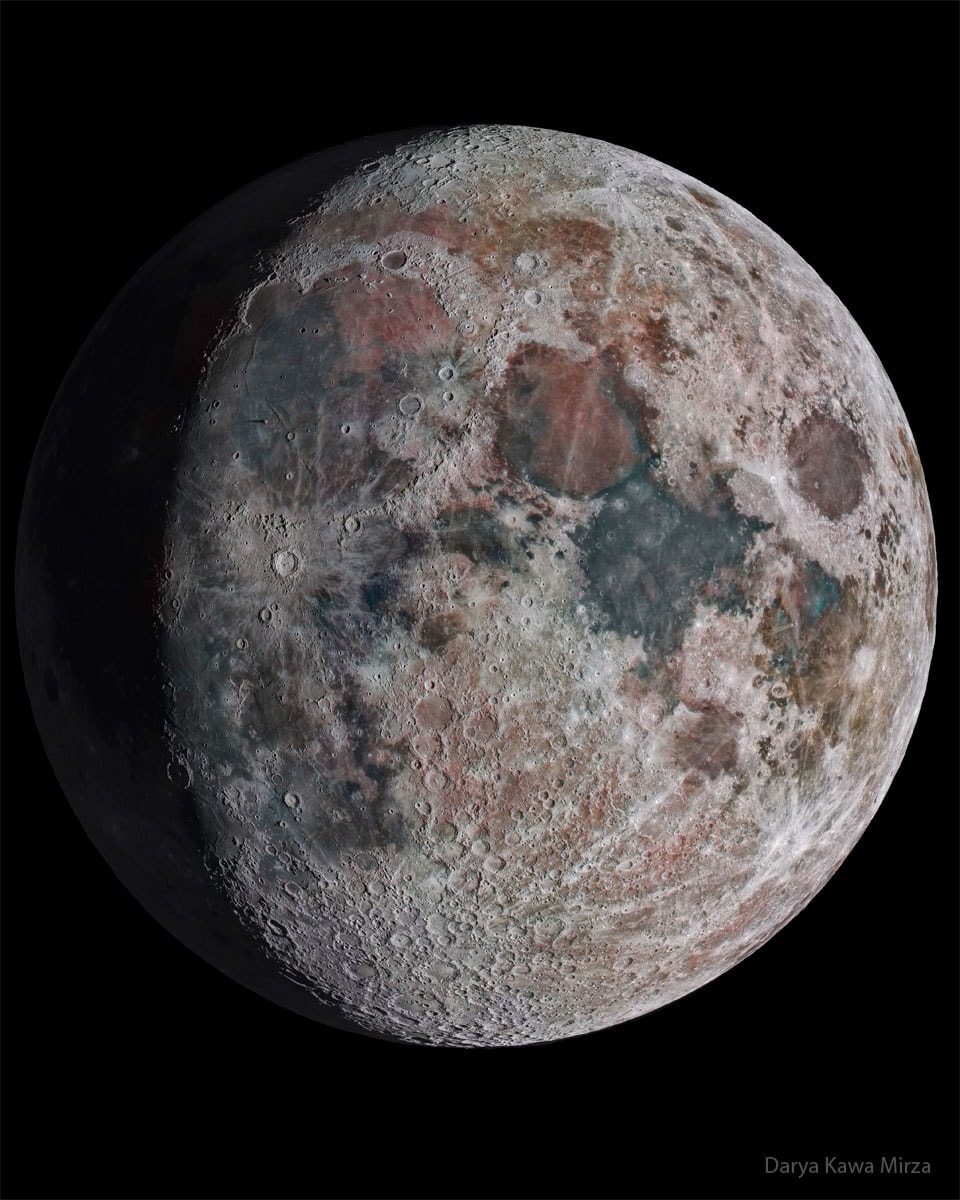
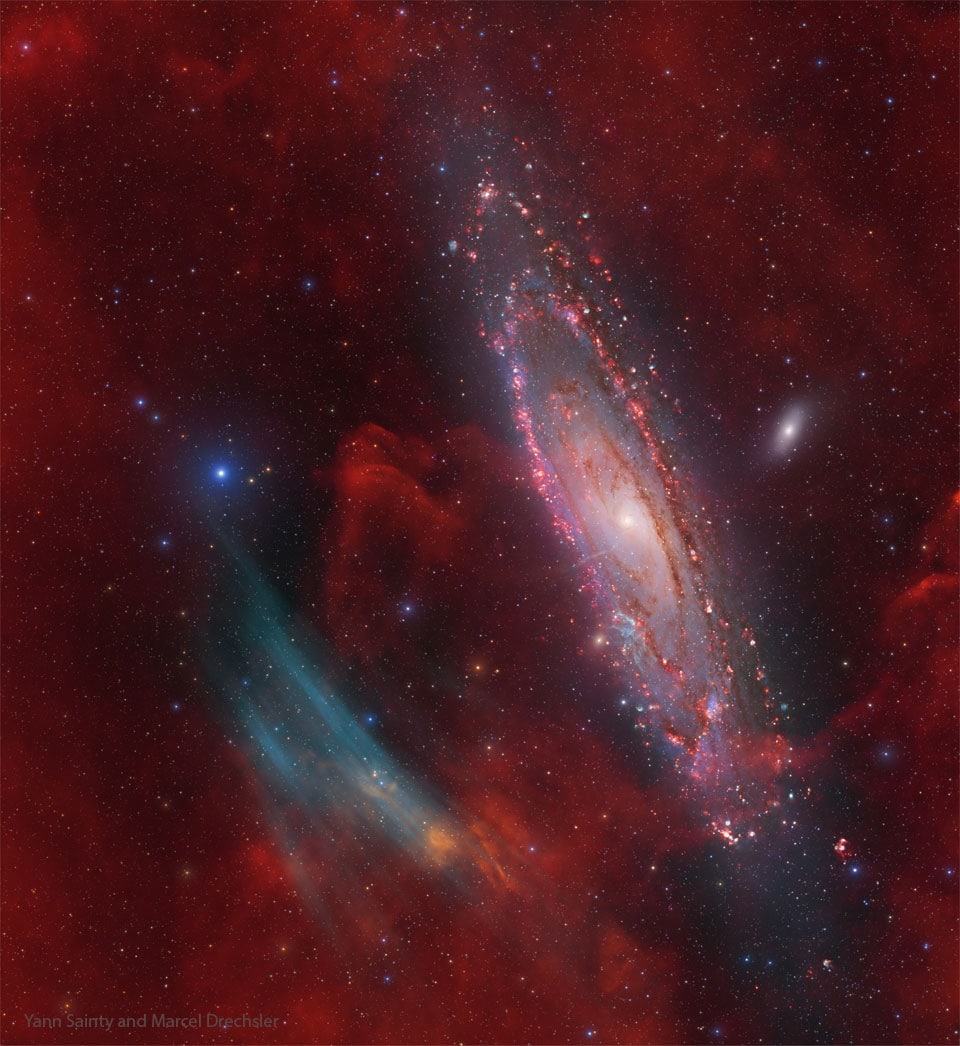
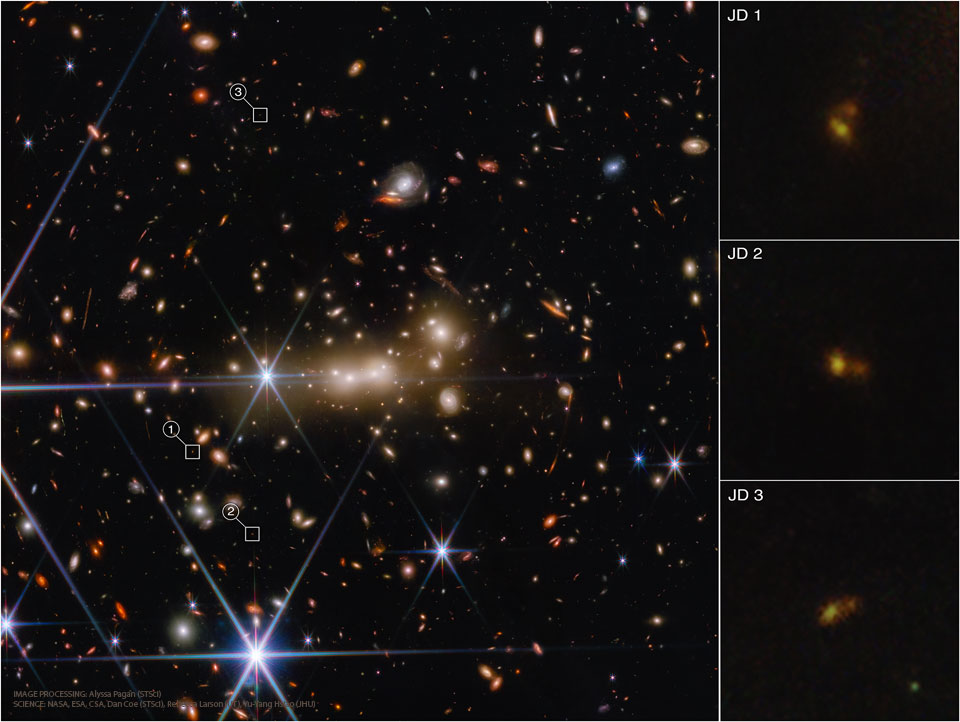
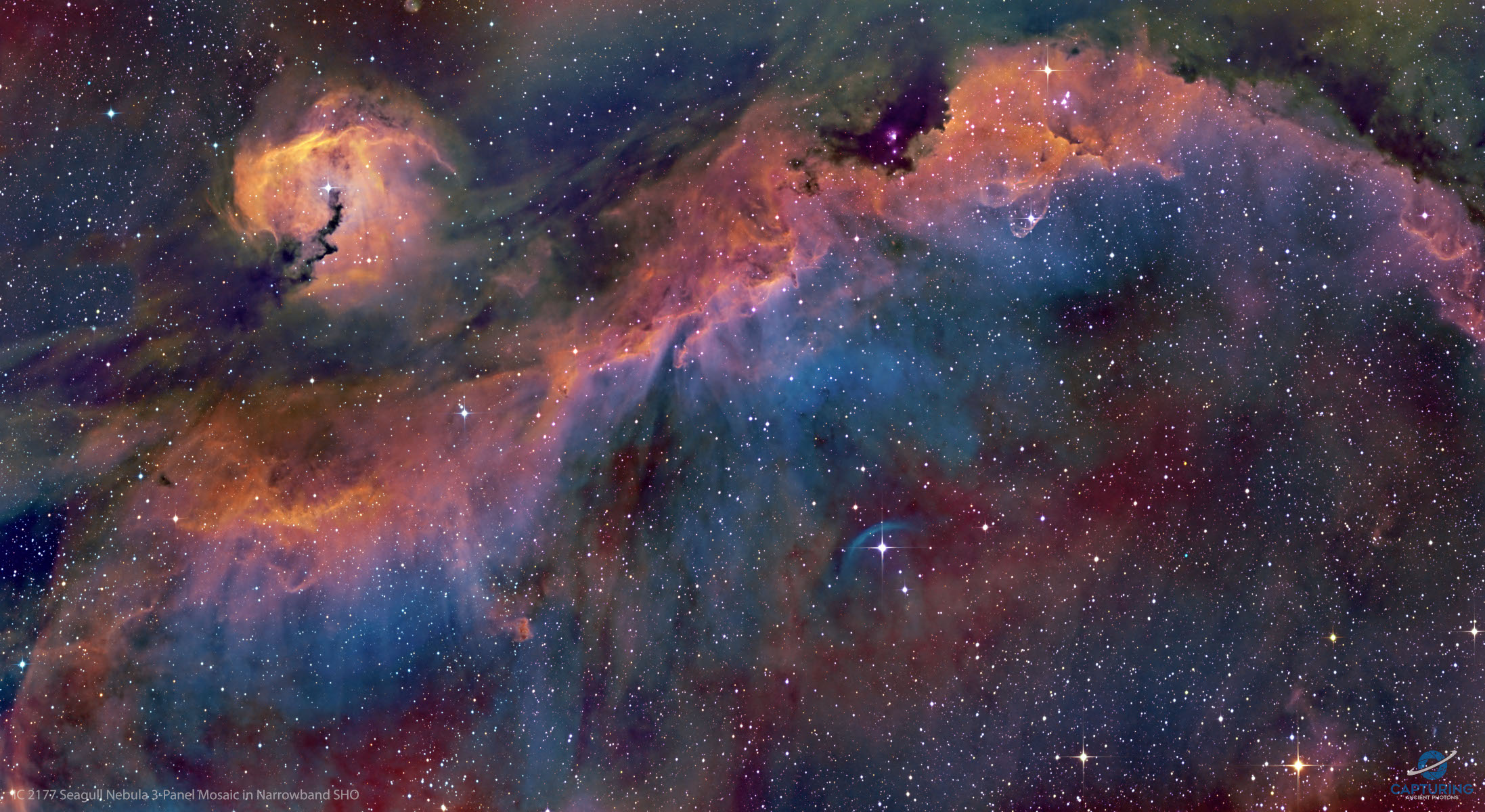
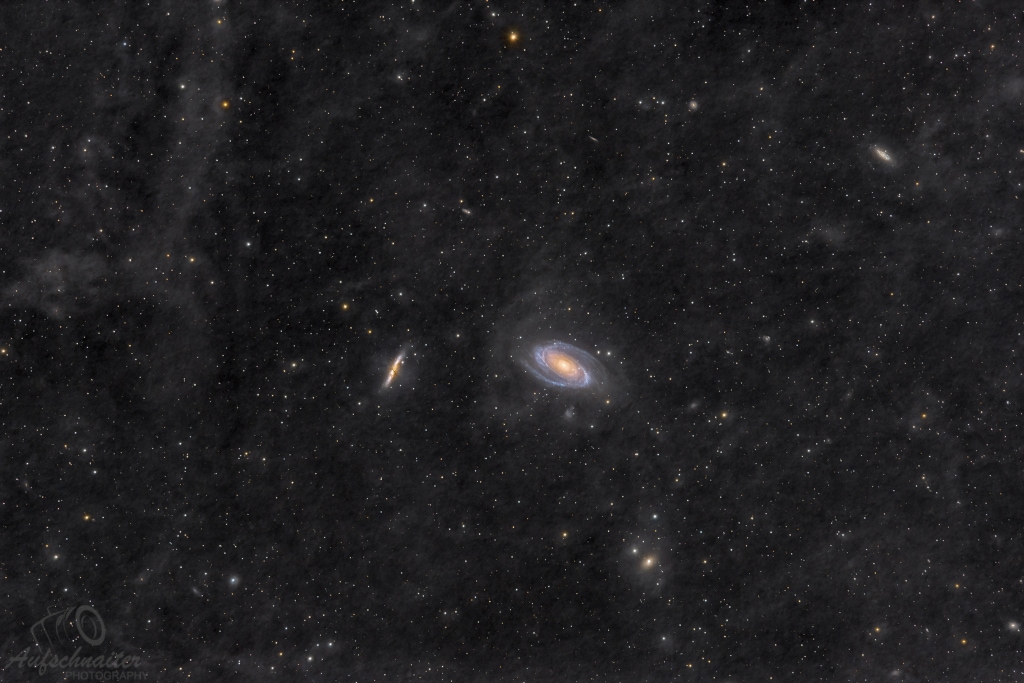
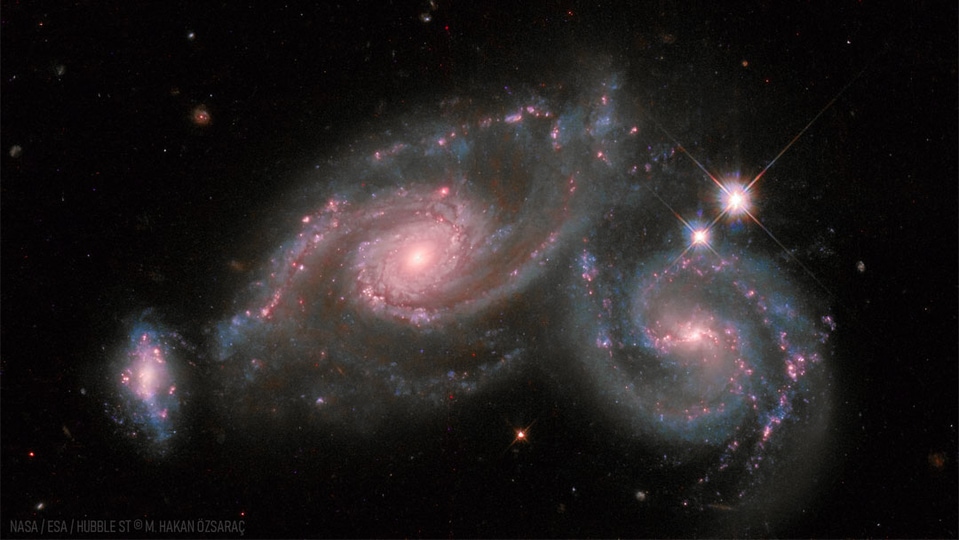
 View all Images
View all ImagesNASA Astronomy Picture of the Day 23 January 2023: Galaxies are large collections of stars, gas, dust, and dark matter held together by gravity. They come in a variety of sizes, from small dwarf galaxies with only a few billion stars to giant elliptical galaxies with trillions of stars. Although most galaxies have elliptical shapes, a few have unusual shapes like toothpicks or rings. Most galaxies exist in groups or clusters with dozens or hundreds of members, and these cluster galaxies are all in constant motion, pulled and twisted by their neighbour's gravity, according to NASA.
NASA's Astronomy Picture of the Day is a snapshot of a stunning pair of colliding spiral galaxies located in the constellation of Virgo, known as Arp 274. Arp 274 is located nearly 400 million light-years away and spans almost 200,000 light-years. The galaxies have been slowly gravitationally pulling towards each other for millions of years. The collision has caused the galaxies to warp and distort, forming stunning tidal tails of gas, dust, and stars. The image was captured using the Hubble Space Telescope by the collaboration of NASA and ESA. The image was processed by Mehmet Hakan Ozsaraç.
NASA's explanation
Two galaxies are squaring off in Virgo and here are the latest pictures. When two galaxies collide, the stars that compose them usually do not. This is because galaxies are mostly empty space and, however bright, stars only take up only a small fraction of that space. But during the collision, one galaxy can rip the other apart gravitationally, and dust and gas common to both galaxies does collide. If the two galaxies merge, black holes that likely resided in each galaxy center may eventually merge.
Because the distances are so large, the whole thing takes place in slow motion -- over hundreds of millions of years. Besides the two large spiral galaxies, a smaller third galaxy is visible on the far left of the featured image of Arp 274, also known as NGC 5679. Arp 274 spans about 200,000 light years across and lies about 400 million light years away toward the constellation of Virgo.
Catch all the Latest Tech News, Mobile News, Laptop News, Gaming news, Wearables News , How To News, also keep up with us on Whatsapp channel,Twitter, Facebook, Google News, and Instagram. For our latest videos, subscribe to our YouTube channel.































